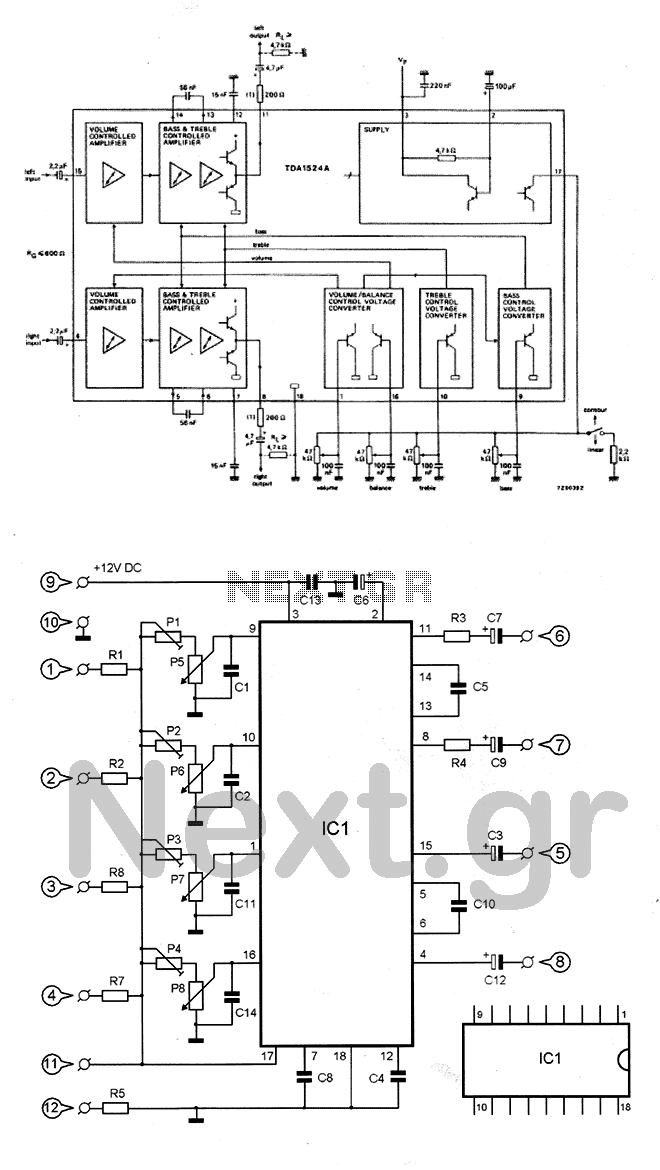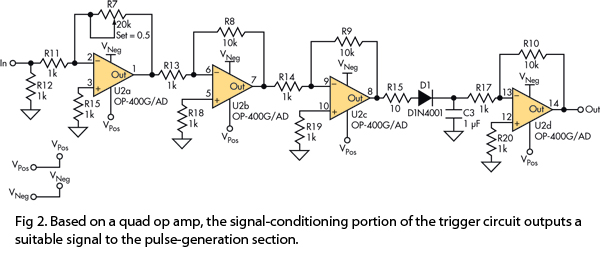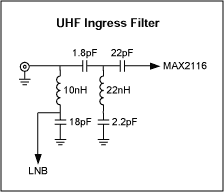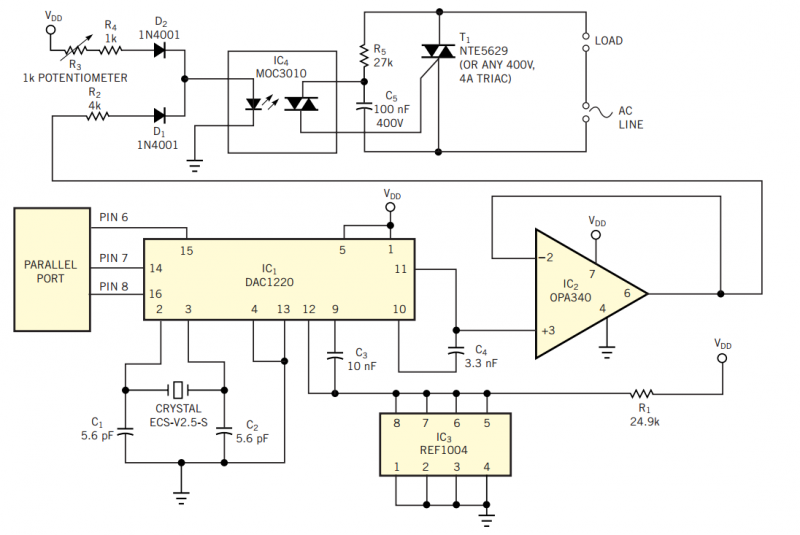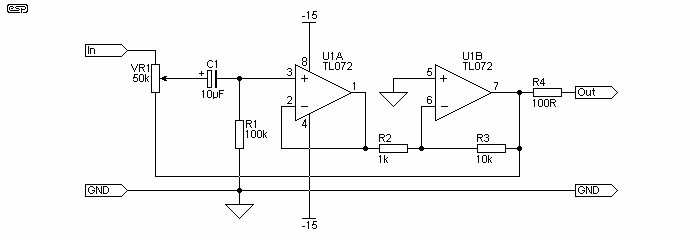
Evaporative Emission Controls
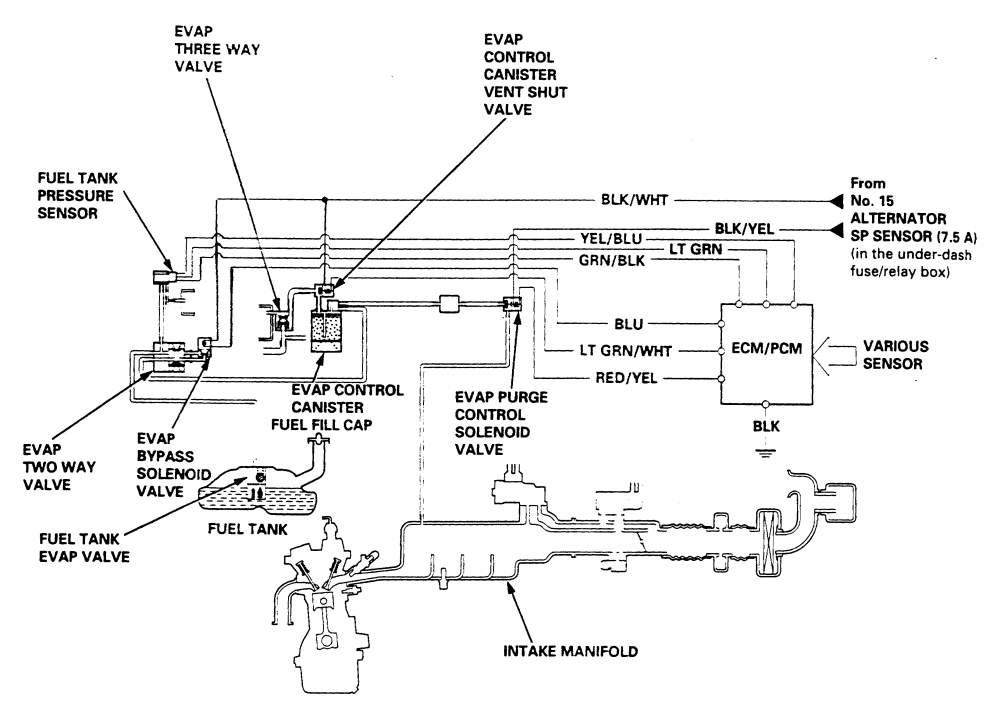
AutoZone Repair Guide for Driveability and Emission Controls, focusing on Evaporative Emission Controls.
The AutoZone Repair Guide provides comprehensive information regarding driveability and emission control systems, with a specific emphasis on evaporative emission controls. These systems are crucial for reducing harmful emissions from vehicles, particularly those that evaporate from the fuel system. They aim to prevent fuel vapors from escaping into the atmosphere, thereby improving air quality and ensuring compliance with environmental regulations.
Evaporative emission control systems typically include components such as the charcoal canister, fuel tank, and various valves and sensors. The charcoal canister captures fuel vapors from the fuel tank and stores them until they can be purged and sent to the engine for combustion. This process not only minimizes emissions but also enhances fuel efficiency.
Key elements of the evaporative emission control system include the following:
1. **Charcoal Canister**: This component is filled with activated charcoal, which absorbs fuel vapors. When the engine is running, the vapors are drawn into the intake manifold and burned, reducing overall emissions.
2. **Purge Valve**: This electrically operated valve controls the flow of vapors from the charcoal canister to the engine. It is typically activated by the engine control unit (ECU) based on specific conditions, such as engine temperature and load.
3. **Vent Valve**: This valve allows fresh air to enter the charcoal canister, facilitating the absorption of fuel vapors. It also prevents pressure buildup in the fuel system.
4. **Fuel Tank Pressure Sensor**: This sensor monitors the pressure within the fuel tank and provides feedback to the ECU. If a leak is detected, the ECU can trigger diagnostic trouble codes (DTCs) for further investigation.
5. **Diagnostic Capabilities**: Modern vehicles are equipped with onboard diagnostics (OBD) systems that monitor the performance of the evaporative emission control system. If any component fails or if there is a leak, the system will log a DTC, alerting the technician to the issue.
Understanding the operation and maintenance of the evaporative emission control system is essential for ensuring vehicle compliance with emission standards and optimizing performance. Regular inspections and timely repairs can prevent costly emissions-related issues and enhance the longevity of the vehicle's components.AutoZone Repair Guide for your Driveability And Emission Controls Emission Controls Evaporative Emission Controls.. 🔗 External reference
The AutoZone Repair Guide provides comprehensive information regarding driveability and emission control systems, with a specific emphasis on evaporative emission controls. These systems are crucial for reducing harmful emissions from vehicles, particularly those that evaporate from the fuel system. They aim to prevent fuel vapors from escaping into the atmosphere, thereby improving air quality and ensuring compliance with environmental regulations.
Evaporative emission control systems typically include components such as the charcoal canister, fuel tank, and various valves and sensors. The charcoal canister captures fuel vapors from the fuel tank and stores them until they can be purged and sent to the engine for combustion. This process not only minimizes emissions but also enhances fuel efficiency.
Key elements of the evaporative emission control system include the following:
1. **Charcoal Canister**: This component is filled with activated charcoal, which absorbs fuel vapors. When the engine is running, the vapors are drawn into the intake manifold and burned, reducing overall emissions.
2. **Purge Valve**: This electrically operated valve controls the flow of vapors from the charcoal canister to the engine. It is typically activated by the engine control unit (ECU) based on specific conditions, such as engine temperature and load.
3. **Vent Valve**: This valve allows fresh air to enter the charcoal canister, facilitating the absorption of fuel vapors. It also prevents pressure buildup in the fuel system.
4. **Fuel Tank Pressure Sensor**: This sensor monitors the pressure within the fuel tank and provides feedback to the ECU. If a leak is detected, the ECU can trigger diagnostic trouble codes (DTCs) for further investigation.
5. **Diagnostic Capabilities**: Modern vehicles are equipped with onboard diagnostics (OBD) systems that monitor the performance of the evaporative emission control system. If any component fails or if there is a leak, the system will log a DTC, alerting the technician to the issue.
Understanding the operation and maintenance of the evaporative emission control system is essential for ensuring vehicle compliance with emission standards and optimizing performance. Regular inspections and timely repairs can prevent costly emissions-related issues and enhance the longevity of the vehicle's components.AutoZone Repair Guide for your Driveability And Emission Controls Emission Controls Evaporative Emission Controls.. 🔗 External reference
